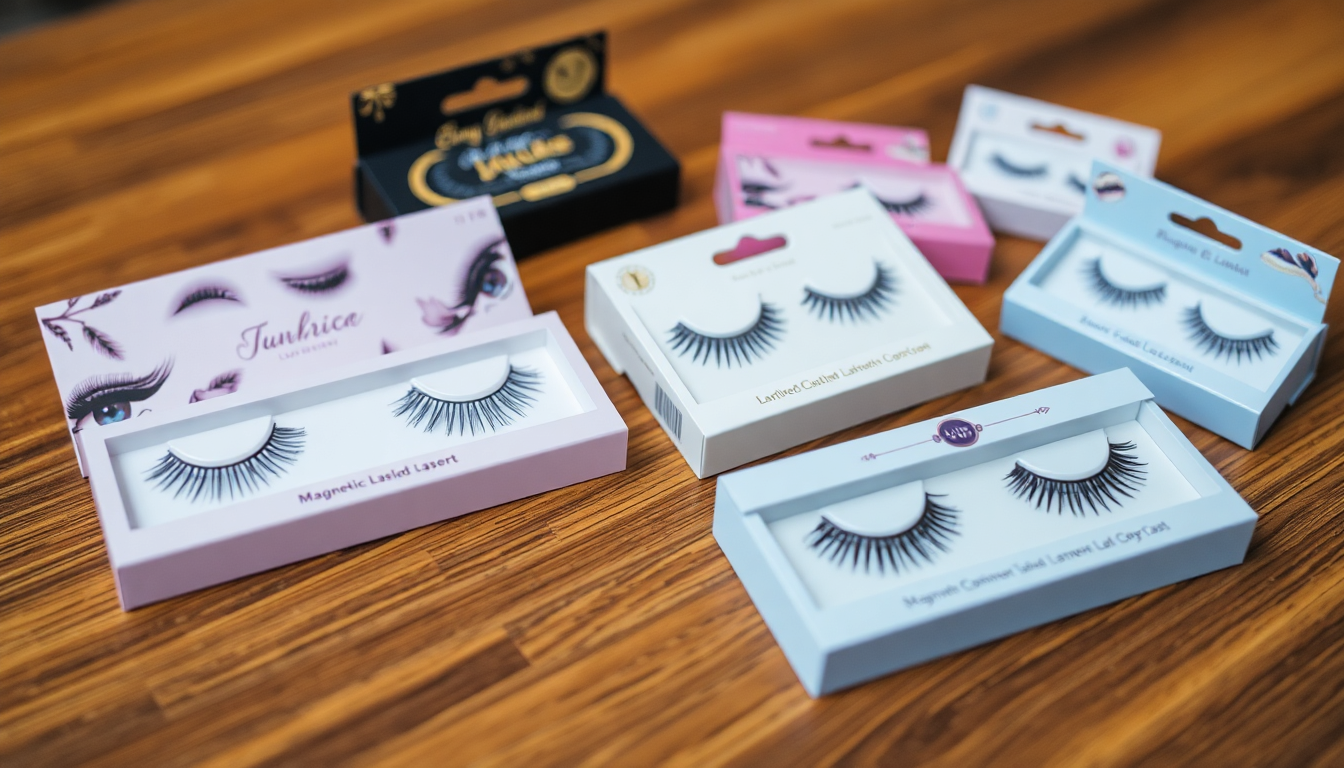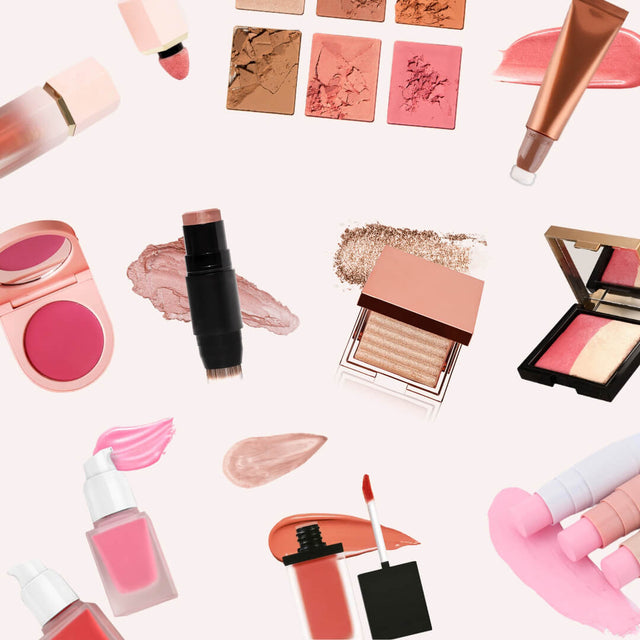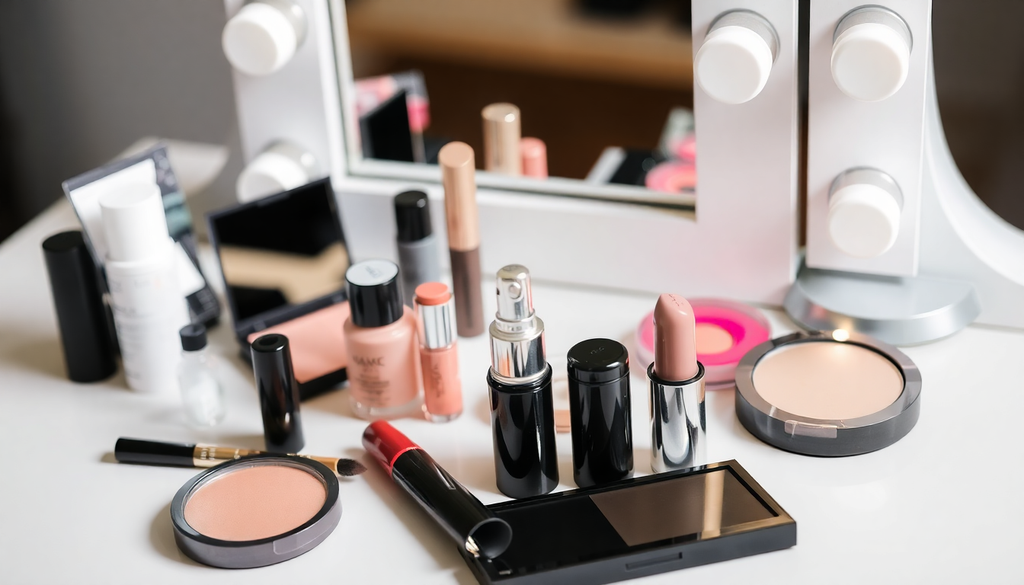
Step-by-Step Guide to Launching Your Private Label Makeup Brand: From Magnetic Lashes to Custom Eyelash Packaging Without Minimum Orders
Introduction
Launching a private label makeup brand can be an exciting venture, especially in the booming beauty industry. With consumers increasingly seeking unique and personalized products, the demand for private label options has surged. This guide will provide a comprehensive step-by-step approach to creating a successful brand, focusing specifically on magnetic lashes and custom eyelash packaging, all while emphasizing the possibility of starting without minimum order requirements.
Step 1: Research Your Market
Before diving into product development, it's crucial to understand your target market. Effective market research can provide insights that will shape your branding, product selection, and marketing strategies. To get started, consider the following:
- Identify your ideal customer demographics: Who are you trying to reach? Consider age, gender, income level, and beauty preferences.
- Analyze competitors and their offerings: Look at what similar brands offer, their pricing, and customer feedback. This can highlight gaps in the market that your brand can fill.
- Determine trends in the makeup industry: Stay updated with current trends, especially in eyelashes and makeup. Platforms like Instagram and Pinterest can help you identify what’s popular.
Step 2: Choose Your Products
Focusing on a niche is essential for a private label brand. By specializing in specific products, you can create a brand that resonates with your target audience. Here are some product ideas to consider:
- Magnetic lashes: These are increasingly popular due to their ease of use and reusability.
- Custom eyelash packaging: Unique and branded packaging can enhance the perceived value of your product.
- Eyelash adhesives: Offering a reliable adhesive can complement your lash product line.
- Other lash-related accessories: Consider adding items like lash applicators, cleaning solutions, or storage cases.
Step 3: Find a Reliable Supplier
Your choice of supplier can make or break your brand. Look for suppliers that meet your quality standards and can accommodate your business model. Here are some tips for finding reliable suppliers:
- No minimum order quantities: Find suppliers who allow you to order smaller quantities initially to reduce your financial risk.
- High-quality materials: Ensure that the materials used in the lashes and packaging meet industry standards.
- Good communication and support: Establish a solid line of communication and ensure they are responsive to your inquiries.
Websites like Alibaba, ThomasNet, and local suppliers can be excellent resources. Don’t hesitate to request samples before committing to a large order.
Step 4: Understand Cosmetics Regulations
Entering the cosmetics market requires compliance with various regulations that vary by country. Here’s what you need to know:
- Labeling requirements: Familiarize yourself with the specific labeling laws in your target market. This includes ingredient listings, usage instructions, and any necessary warnings.
- Import policies and tariffs: Understand the rules for importing cosmetics into your country, including tariffs and duties that could affect your pricing.
- Obtain necessary certifications: Depending on your product, you may need certifications (e.g., cruelty-free, vegan, organic) to build trust with your customers.
Check with local authorities or consult a legal expert in cosmetics regulations to ensure compliance.
Step 5: Create Your Brand Identity
A strong brand identity is essential for recognition and loyalty. Consider the following elements when developing your brand:
- Brand name and logo: Choose a name that reflects your brand values and resonates with your target audience. A professional logo can help establish credibility.
- Color palette and packaging design: Create a cohesive aesthetic that matches your brand identity. Packaging should be visually appealing and functional.
- Overall brand messaging and values: Define what your brand stands for. Consider your mission statement and how to communicate your unique selling proposition (USP).
Step 6: Set Up Your Online Store
Having a robust online presence is crucial in today's digital age. Here's how to set up your online store effectively:
- Select an e-commerce platform: Choose a platform that suits your needs, such as Shopify, WooCommerce, or BigCommerce.
- Design your website: Ensure the design reflects your brand identity, is user-friendly, and optimized for mobile devices.
- Optimize product pages for SEO: Use relevant keywords related to your products to improve visibility in search engines.
- Integrate payment gateways: Provide multiple payment options to enhance customer convenience.
Step 7: Develop a Marketing Strategy
Once your store is live, it's time to attract customers. Utilize various marketing strategies to build brand awareness and drive sales:
- Social media marketing: Leverage platforms like Instagram, TikTok, and Pinterest to showcase your products and engage with your audience. Create visually appealing content that resonates with beauty enthusiasts.
- Influencer collaborations: Partner with beauty influencers to reach a larger audience. They can provide authentic reviews and promote your products effectively.
- Email marketing campaigns: Build an email list and send regular newsletters featuring promotions, new launches, and beauty tips to keep your audience engaged.
- Content marketing: Create valuable content, such as blog posts or tutorials, that provides beauty advice while subtly promoting your products.
- Paid advertising: Consider using Facebook and Instagram ads to target specific demographics and drive traffic to your online store.
Step 8: Launch Your Brand
When everything is in place, plan a launch strategy that creates excitement about your brand. Here are some ideas:
- Host a virtual launch event: Use platforms like Zoom or Instagram Live to showcase your products, share your brand story, and interact with potential customers.
- Offer promotions or discounts: Entice customers to make their first purchase with limited-time offers or bundle deals.
- Engage with your audience: Use social media to build anticipation leading up to the launch. Share sneak peeks and behind-the-scenes content to create buzz.
- Collect feedback: Encourage customers to leave reviews and share their experiences with your products, which can help build credibility.
Step 9: Monitor Your Progress
After launching, it's essential to monitor your brand's performance continuously. Track key metrics such as:
- Sales and revenue: Analyze which products are performing well and which may need adjustments.
- Website traffic: Use tools like Google Analytics to understand your audience's behavior on your site.
- Customer feedback: Actively seek out and analyze customer feedback to improve your products and services.
- Social media engagement: Monitor how your audience interacts with your posts and adjust your content strategy accordingly.
Step 10: Scale Your Business
Once you've established your brand and gained traction, consider ways to scale your business. This could involve:
- Expanding your product line: Introduce new eyelash styles or related beauty products based on customer demand.
- Exploring international markets: Research opportunities to sell your products in other countries, taking into account the necessary regulations.
- Building partnerships: Collaborate with other beauty brands or retailers to reach a broader audience.
- Investing in advertising: As your budget allows, increase your marketing efforts to reach more potential customers.
Conclusion
Launching a private label makeup brand requires careful planning and execution, but with the right approach, you can build a successful business. By focusing on high-demand products like magnetic lashes and custom eyelash packaging, and following the comprehensive steps outlined in this guide, you're well on your way to creating a brand that beauty enthusiasts will love. Remember, the beauty industry is always evolving, so staying informed and adaptable will be key to your long-term success.




